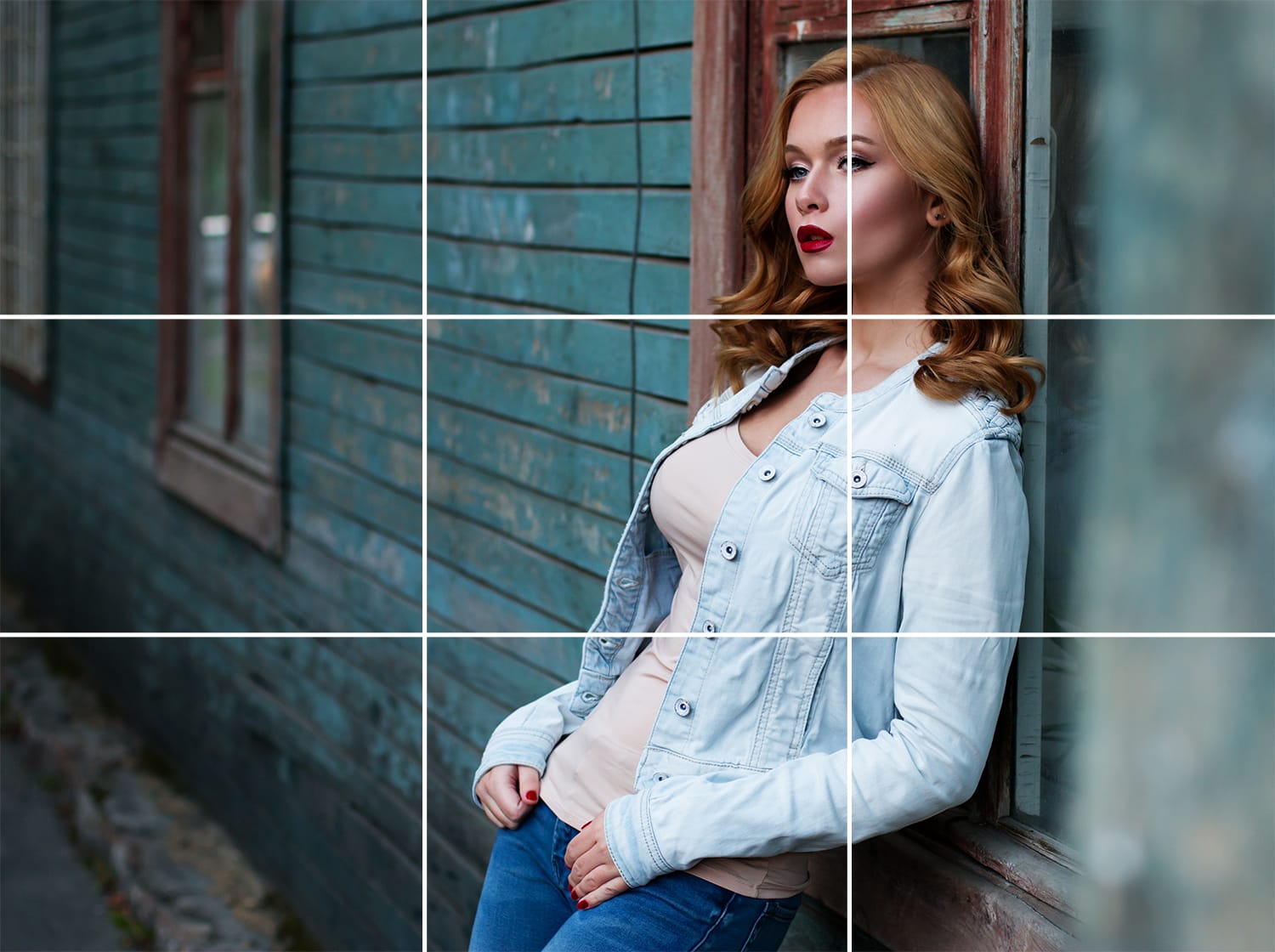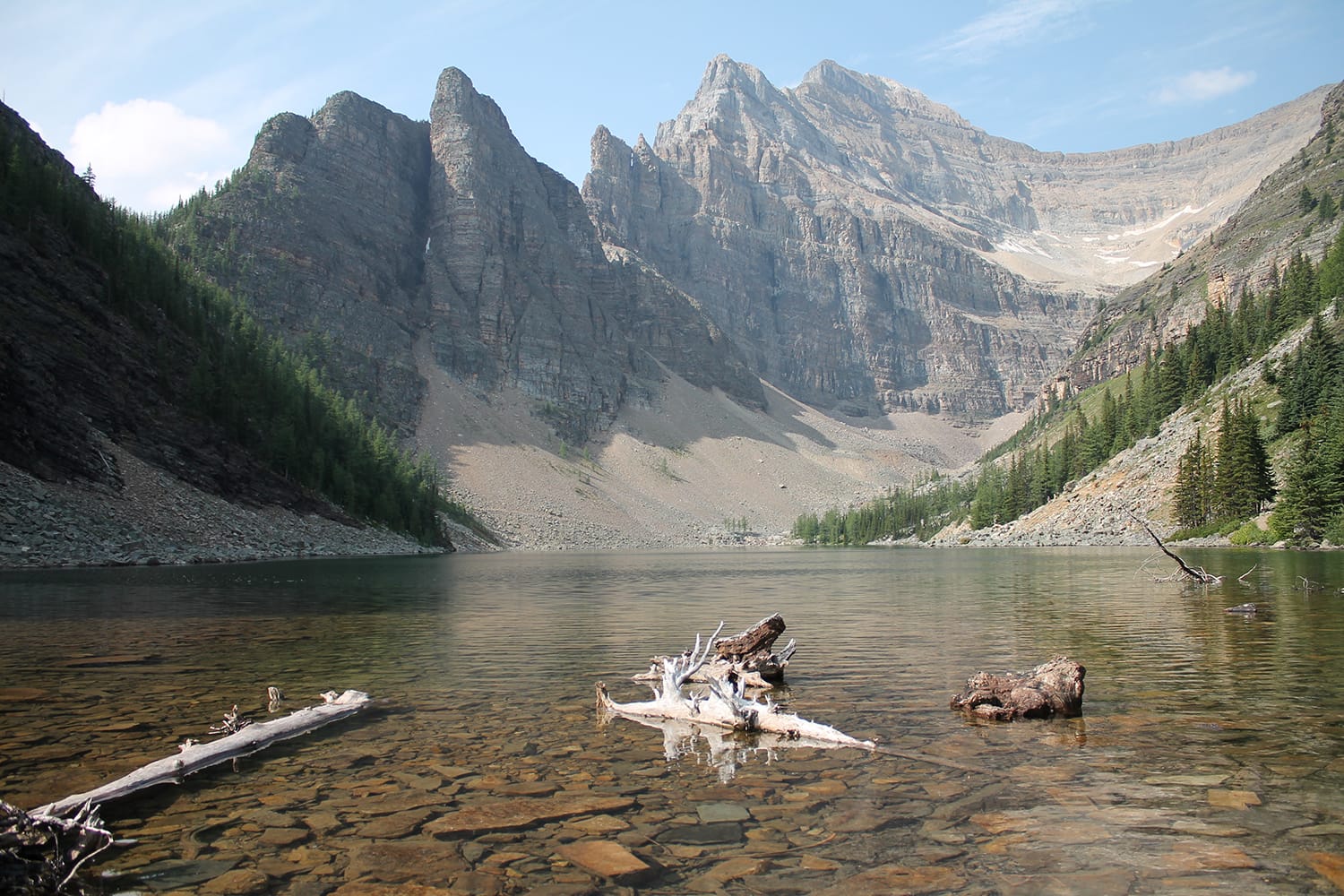The Composition Checklist ✓
Composition is a vital aspect of photography, but remembering composition rules and techniques can be challenging when you’re new to photography. Once you’ve learned the rules and guidelines you can really push your work and become more creative.
In this article, we’ll be looking at a composition checklist to go through when you’re shooting.
Do note that of course not all of the list will apply to every photograph you take – you’re likely to need different composition tips for shooting a landscape as opposed to a portrait, for example. Bearing that in mind, let’s look at the checklist in more detail.
✓ Camera Position
Before you start shooting, you need to think about the right height and camera angle to get the best composition. When you’re photographing a person, for example, the camera angle you choose has a large effect on how flattering the shot will be. Being on eye level with your subject can also make a big difference to the feel of a shot.
But it’s also important to think creatively – some shots can look great if you get down low, or stand on some stairs to get higher up and shoot down on your subject. Choosing a good position and angle can help to tell a story about your scene.
✓ A Straight Horizon

A crooked horizon is very distracting to a viewer’s eye and, whilst it can be corrected in post-production, this can throw off a shot. So it’s worth taking the time to get it right in camera. Most modern DSLRs have built in ‘spirit levels’ to help you get things right or you can even buy a spirit level that pops into your hotshoe.
✓ A Strong Subject
Although we all have different ideas as to what makes a strong subject, you need to make sure that there is something in your image that a viewer’s eye will be drawn to. Whether it’s a single object or person, or a stunning landscape the subject matter needs to be strong and interesting.
✓ Rule of Thirds
The rule of thirds is one of the most fundamental in photography and is important to consider in all your shots. Essentially, you mentally divide your image into three sections horizontally and three vertically. The points where they cross are known as the ‘points of interest’. The rule works by placing your subject and other elements at the points of interest.

You can also use the horizontal lines in landscapes to divide the image into a third of the sky, a third of horizon and a third of foreground. The rule of thirds helps to create balance in an image and gives it a sense of depth. Of course, like all rules, there’s no harm in breaking it from time to time!
✓ Point of Focus
When you photograph people, it’s absolutely vital to make sure that you have sharp eyes. To this end, you need to select an appropriate focus point on your camera and place it either on one eye or in-between the two. Whilst we’re talking about eyes, it’s also important that you make sure your subject has eye contact with you. This is particularly important if you’re shooting a group portrait.
✓ Distracting Objects
A common mistake is not looking round your frame for distracting objects. As photographers, we can be so focused on an exciting subject that we neglect to look at the whole image. Look round the whole frame. Check for anything that could distract your viewer from your subject on the edges of your frame. Are there any blurry elements in the foreground that you could crop out?
If you have people in your photograph check that they don’t have things such as a tree growing out of the top of their head! Also note that if you’re photographing people, you need to check that you haven’t cropped off hands or feet awkwardly.
✓ Sense of Scale
If you’re shooting a landscape, think about whether your image has a sense of scale. For example, if you’re shooting mountains think about adding in a foreground element to both ground the image and provide scale to the mountains. This also helps to add dimension to a shot.

✓ Less is Often More
A mistake that beginners often make is to try and include everything they see in a shot. Whilst it can be tempting to try and get everything into a photograph, you can end up with a shot that looks cluttered and messy.

Try picking one element of a scene as your subject and concentrating on that – you can use a smaller depth of field to blur out the distractions around it. This can be a very aesthetically pleasing combination.
✓ A Sharp Image
Whatever you’re shooting, the subject of your shot needs to be sharp. So, this will normally mean that if you’re shooting a landscape, you’ll want the whole shot to be sharp. But if you’re shooting a person or one element of a scene, you’ll want to use a smaller depth of field to blur out distractions in the background whilst keeping your subject in focus. There’s nothing worse than getting the depth of field wrong!
Hopefully this list will provide you with a checkpoint of things to consider when you’re starting out in photography. As you progress, you’ll probably find other technical aspects you want to consider but this should give you a strong starting point.
